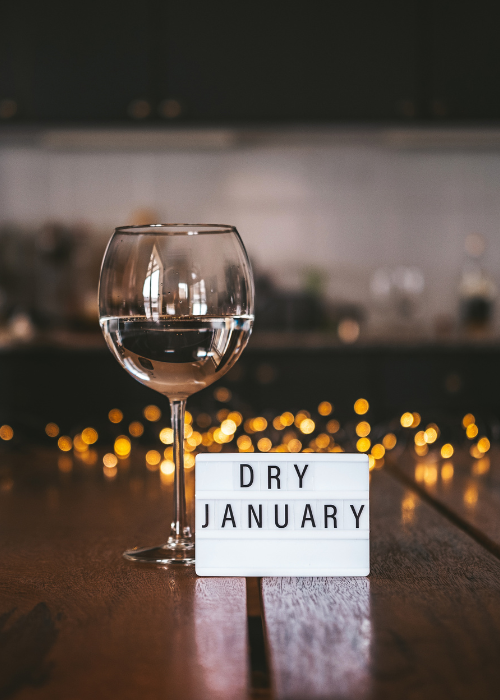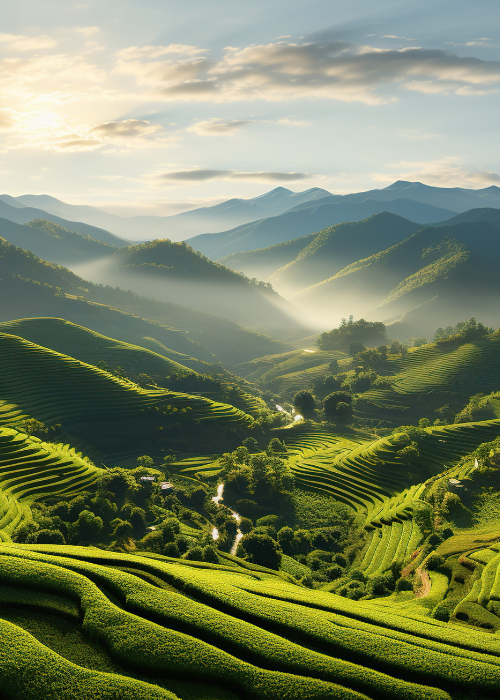No- to Low-Alcohol Wine Alternatives
Red Wine Alternatives:
- • Fre Alcohol-Removed Merlot: A great option for those who enjoy the depth of red wines, this alcohol-removed Merlot maintains the characteristic dark fruit flavours and hints of chocolate.
- • Ariel Cabernet Sauvignon: This dealcoholized wine offers the rich flavours of black currant and cherry, typical of a traditional Cabernet but with less than 0.5% alcohol.
- • Oddbird Low Intervention Organic Red: A non-alcoholic Merlot and Pinot Noir blend, originating from Breganze in the Veneto region of Italy, this 100% organic wine is a testament to innovation and craftsmanship.
White Wine Alternatives:
- • Thomson & Scott Noughty: An alcohol-free organic Chardonnay, maintaining the balance and depth of flavour expected in a classic Chardonnay.
- • Leitz Eins-Zwei-Zero Riesling: A refreshing and fruity non-alcoholic Riesling, perfect for those who enjoy a sweeter white wine.
- • Surely Non-Alcoholic Sauvignon Blanc: A crisp and refreshing option that mimics a traditional Sauvignon Blanc's tropical and zesty flavours.
While Dry January is a month-long initiative, its impact often extends beyond. Participants frequently report a lasting change in their drinking habits, leading to a more mindful approach throughout the year. This trend has encouraged the wine industry to permanently include no- to low-alcohol options in their portfolios, acknowledging the growing demand for healthier and more diverse drinking options.
Whether you're participating in Dry January or simply seeking healthier options, the variety of alternatives available ensures that everyone can enjoy the ritual of a glass of wine, minus the alcohol.





